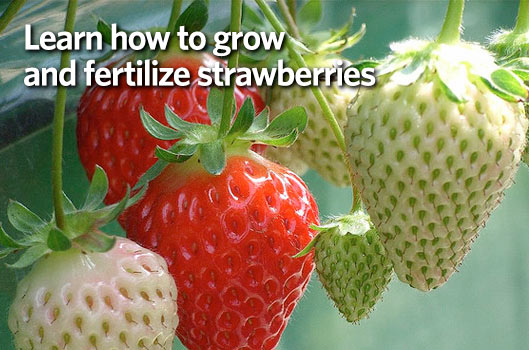 Flickr / sigusr0Planting & growing tips
Flickr / sigusr0Planting & growing tips
Strawberries require full sun and need to be planted away from “frost pockets”—areas that are low-lying where cold air drains in the springtime. When choosing a site, avoid areas where strawberries, tomatoes, potatoes, eggplants or peppers were planted within the last four years. These plants can act as host to a soil-borne disease called verticillium wilt. Sandy loam to loam soil that is high in organic matter and slightly acidic is preferred. The most important consideration is drainage, as strawberries have shallow roots and cannot tolerate any freestanding water. Lots of organic matter will improve drainage in clay soil and increase water-holding capacity in sandy soil.
Purchase plants that are certified disease-free instead of getting plants from family, friends and neighbors. These healthy plants will be large and have numerous light-colored roots. Plant them in early spring as soon as you have properly prepared the soil. Bare-root strawberries can be planted from late March to early May.
The holes should be big enough so that you can place the roots straight down and spread them out. The midpoint of the crown should be level with the soil surface. Tamp the soil lightly around the roots to get rid of any air pockets. Bare-rooted plants should not be allowed to dry out. They can be kept in a refrigerator at a temperature of 40 degrees. You can dip the plants in water while they are waiting to be planted, but don’t leave them soaking in the water.
Come back tomorrow for more on training strawberries…

